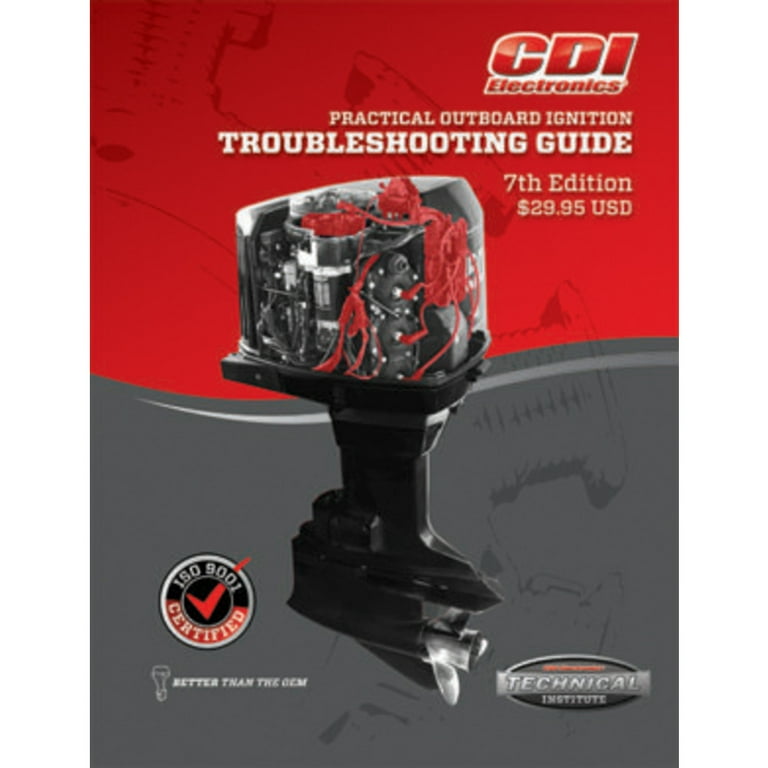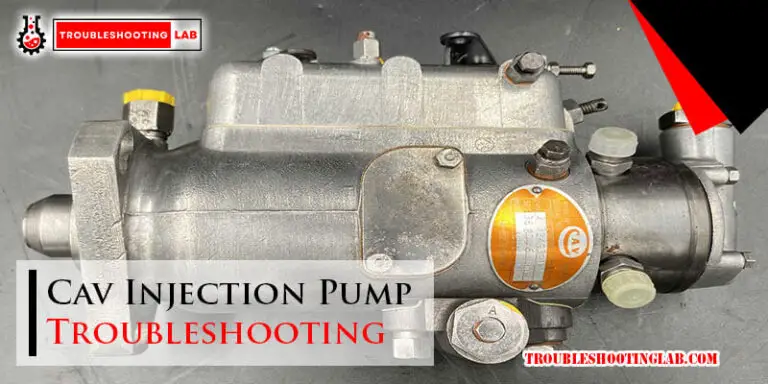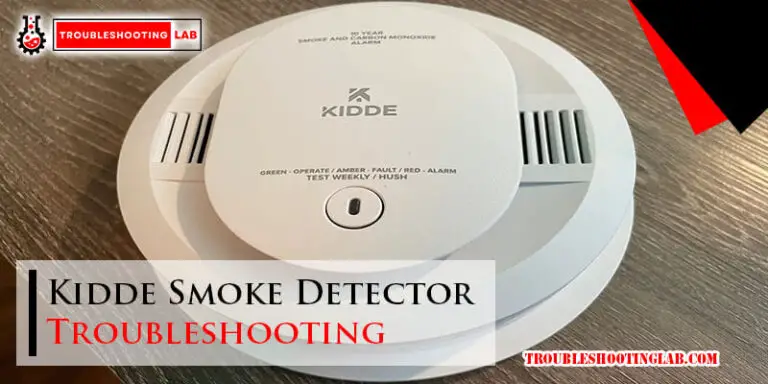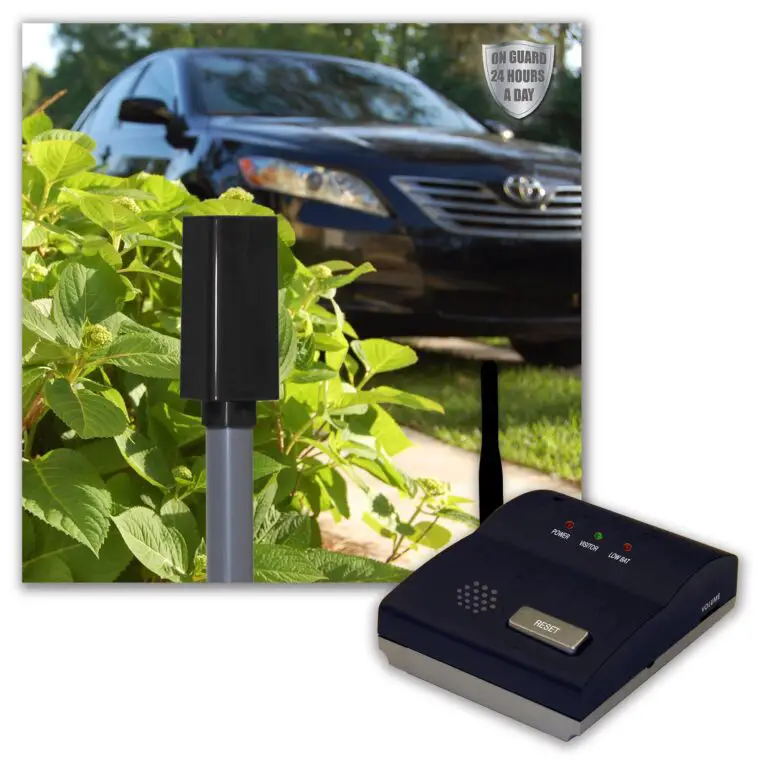Yamaha 2-Stroke Outboard Troubleshooting Guide: Fix Common Issues Fast
Are you having issues with your Yamaha 2-stroke outboard motor? Don’t worry, you’re not alone.
Many boaters face similar problems, and that’s why we’ve created this troubleshooting guide. Yamaha 2-stroke outboards are popular for their power and reliability. But like any machine, they can sometimes encounter problems. This guide will help you identify common issues and solutions.
Understanding your motor’s symptoms can save you time and money. Whether it’s starting problems, performance issues, or unusual noises, we’ve got you covered. Read on to learn how to diagnose and fix your Yamaha 2-stroke outboard, ensuring smooth sailing every time you hit the water.
Starting Problems
Starting problems with your Yamaha 2-Stroke Outboard can be frustrating. Understanding the common causes can save you time and money. Let’s dive into some troubleshooting steps to get your engine running smoothly.
Battery Check
A weak battery often causes starting issues. First, check the battery connections. Ensure they are clean and tight. Corrosion can interrupt the flow of electricity. Clean any corrosion with a wire brush.
Next, use a multimeter to check the battery’s voltage. A fully charged battery should read around 12.6 volts. Anything lower may indicate a weak or dead battery. Charge the battery if the voltage is low. If the battery doesn’t hold a charge, it may need replacement.
Spark Plug Inspection
Faulty spark plugs can also cause starting problems. Remove the spark plugs and inspect them. Look for any signs of wear or damage. If the plugs are dirty or fouled, clean them with a wire brush.
Check the gap between the electrodes. Use a feeler gauge to ensure the gap matches the manufacturer’s specifications. If the gap is incorrect, adjust it. Replace any spark plugs that are damaged or worn out.
Reinstall the spark plugs and ensure they are tight. A loose spark plug can cause poor ignition. Tighten the plugs to the recommended torque setting.
Fuel System Issues
Having trouble with your Yamaha 2-stroke outboard? Fuel system issues can often be the root cause. Ensuring the fuel system is functioning correctly can prevent many common problems. Below, we’ll discuss two key areas: fuel line blockages and carburetor cleaning.
Fuel Line Blockages
Fuel line blockages can stop your outboard from getting the fuel it needs. Here are steps to identify and fix these issues:
- Check for kinks or bends in the fuel line.
- Inspect the fuel line for cracks or leaks.
- Replace old or damaged fuel lines.
- Ensure the fuel tank vent is open and not clogged.
Sometimes, debris can block the fuel line. A fuel filter can catch these particles. Check and replace the fuel filter regularly.
Carburetor Cleaning
Over time, carburetors can become dirty and clogged. Cleaning them ensures your outboard runs smoothly. Follow these steps:
- Remove the carburetor from the engine.
- Disassemble the carburetor carefully.
- Soak parts in a carburetor cleaner solution.
- Use a brush to remove stubborn deposits.
- Rinse and dry all parts thoroughly.
- Reassemble the carburetor and reinstall it.
A clean carburetor ensures the engine gets the right fuel mixture. This improves performance and reduces fuel consumption.
By addressing these fuel system issues, you can keep your Yamaha 2-stroke outboard running smoothly. Regular maintenance and inspections are key to preventing problems.
Overheating
Overheating is a common issue with Yamaha 2-stroke outboards. It can lead to serious engine damage if not addressed promptly. Understanding the causes and solutions can help keep your engine running smoothly. This section will guide you through key steps to troubleshoot overheating issues.
Cooling System Check
The cooling system is vital for regulating engine temperature. First, inspect the water intake holes. Make sure they are free from debris and blockages. Blocked intakes can restrict water flow, causing the engine to overheat.
Next, check the water pump. Ensure it is working correctly. A faulty water pump can lead to insufficient cooling. Replace it if necessary. Also, examine the thermostat. It should open and close at the correct temperatures. Test it by placing it in hot water and observing its movement.
Impeller Inspection
The impeller is a crucial component of the cooling system. It moves water through the engine to keep it cool. Inspect the impeller for wear and tear. Damaged impellers can reduce water flow, leading to overheating.
Remove the impeller from the water pump. Look for any cracks or missing blades. If you find any damage, replace the impeller immediately. Regular inspection and maintenance of the impeller can prevent overheating problems.

Credit: www.walmart.com
Power Loss
Experiencing power loss with your Yamaha 2-Stroke Outboard can be frustrating. This issue can stem from several factors, affecting your boating experience. Understanding the common causes and solutions can help you address the problem quickly and effectively.
Throttle Cable Adjustment
The throttle cable can impact your outboard’s performance. A loose or improperly adjusted cable can cause power loss. Check the throttle cable for any signs of wear or damage. Ensure it is tightly connected and adjusted correctly.
To adjust the throttle cable, locate the adjustment screw near the throttle lever. Turn the screw to tighten or loosen the cable as needed. Ensure the cable moves smoothly when you throttle up. This simple step can restore lost power and improve performance.
Compression Test
Compression issues can also lead to power loss in your Yamaha 2-Stroke Outboard. Performing a compression test can help identify problems within the engine. A compression test measures the pressure in the engine cylinders, indicating their health.
To conduct a compression test, you need a compression gauge. Remove the spark plug and insert the gauge into the plug hole. Crank the engine and record the pressure reading. Compare the readings for all cylinders. Consistent, high readings indicate a healthy engine.
If the readings are low or uneven, your engine may need repairs. Low compression can result from worn piston rings, damaged cylinders, or faulty valves. Addressing these issues can restore your outboard’s power and efficiency.
Excessive Smoke
Experiencing excessive smoke from your Yamaha 2-stroke outboard can be concerning. This issue often signals problems with the oil ratio, exhaust system, or other components. Below, we’ll explore key troubleshooting steps to help you address this common problem.
Oil Ratio Adjustment
The oil-to-fuel ratio in a 2-stroke engine is crucial. Too much oil can cause excessive smoke. Yamaha typically recommends a 50:1 ratio. That means 50 parts gasoline to 1 part oil.
- Check the owner’s manual for the correct ratio.
- Measure the oil and fuel precisely.
- Mix thoroughly before adding to the tank.
If you notice smoke, verify the ratio. Correct any discrepancies.
Exhaust System Check
The exhaust system can also contribute to excessive smoke. A clogged or damaged exhaust can trap residue. This can cause smoke and poor performance.
- Inspect the exhaust for blockages.
- Look for damaged or worn parts.
- Clean or replace any faulty components.
Maintaining a clear exhaust ensures smooth operation. It helps reduce smoke and improves efficiency.
Addressing these issues can significantly reduce excessive smoke. Regular maintenance and checks are vital for a smooth-running outboard.

Credit: www.amazon.com
Vibration Problems
Experiencing vibration issues with your Yamaha 2-Stroke Outboard? This can be both annoying and harmful to your engine. Addressing these problems promptly helps maintain performance and extends the life of your outboard. Let’s dive into two common areas to inspect: the propeller and engine mounts.
Propeller Inspection
Your propeller plays a key role in smooth operation. A damaged or imbalanced propeller can cause significant vibration.
- Check for any visible signs of damage.
- Look for bent blades or cracks.
- Remove debris like fishing lines or seaweed.
- Ensure the propeller is properly secured.
Even minor dents or bends can cause major vibrations. If you notice any issues, consider professional repair or replacement.
Engine Mount Check
Engine mounts absorb vibrations and keep your engine stable. Worn-out mounts can fail to dampen vibrations effectively.
- Inspect the mounts for signs of wear or damage.
- Look for cracks or missing bolts.
- Ensure mounts are properly tightened.
- Replace any worn or damaged mounts.
Regularly checking and maintaining engine mounts ensures smoother operation and reduces vibration problems.
By addressing these common vibration sources, you keep your Yamaha 2-Stroke Outboard running smoothly and efficiently.
Regular Maintenance Tips
Maintain your Yamaha 2-Stroke Outboard with regular checks on spark plugs, fuel lines, and water pump. This prevents common issues and ensures smooth performance. Regular cleaning of the engine helps avoid buildup and prolongs its life.
Maintaining a Yamaha 2-stroke outboard engine ensures smooth performance. Regular upkeep can prevent many common issues. It’s essential to follow a consistent maintenance schedule. Below are key tips to keep your engine in top shape.Routine Inspection
Check the fuel system for leaks. Ensure all connections are tight. Inspect the fuel filter for dirt and debris. Replace it if necessary. Examine the spark plugs. Clean or replace them if they show wear. Check the ignition system for proper function. Look at the propeller for damage. Remove any fishing line tangled around it. Check the prop nut for tightness. Inspect the cooling system. Ensure water flows freely through the engine. Clean any blockages in the water intake area.Seasonal Storage
Prepare your Yamaha outboard for off-season storage. Drain the fuel system to prevent gumming. Add a fuel stabilizer to the remaining fuel. Fog the engine cylinders. This helps to prevent rust during storage. Remove the spark plugs and spray fogging oil into each cylinder. Store the engine in an upright position. This prevents water from accumulating inside. Cover the outboard to protect it from dust and moisture. Check the battery. Ensure it is fully charged before storage. Disconnect the battery to avoid draining. “`
Credit: www.outboardspares.com.au
Frequently Asked Questions
Why Won’t My Yamaha 2-stroke Outboard Start?
Check the fuel supply, spark plug, and battery. Ensure the kill switch is set correctly.
How Do I Fix A Yamaha 2-stroke That Stalls?
Inspect fuel lines, clean the carburetor, and check the fuel filter for clogs.
What Causes A Yamaha 2-stroke Outboard To Overheat?
Blocked water intakes, a faulty thermostat, or a worn water pump can cause overheating.
Why Is My Yamaha 2-stroke Outboard Smoking?
Excessive smoke can be due to too much oil in the fuel mix or a dirty air filter.
How Do I Maintain A Yamaha 2-stroke Outboard?
Regularly check and change the oil, clean the carburetor, and inspect the propeller for damage.
Conclusion
Troubleshooting Yamaha 2-stroke outboards can be simple with the right guide. Regular maintenance helps avoid most issues. Check the fuel system, spark plugs, and cooling system. Clean and replace parts as needed. Follow safety guidelines to ensure proper function. Keep this guide handy for quick reference.
Enjoy smooth and worry-free boating with a well-maintained outboard. Happy boating!





